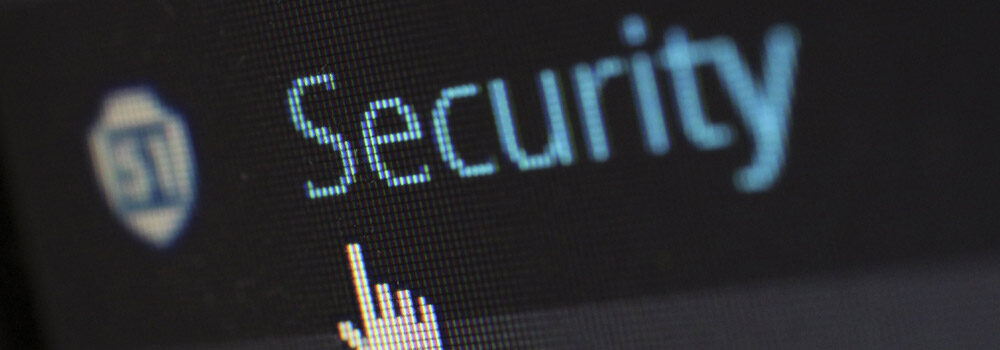Cybersecurity Trends For Businesses In 2023
In the next five years, businesses can expect to see many changes in the cybersecurity landscape. New technologies and the ever-evolving threat landscape will bring these changes. This article will explore some of the top cybersecurity trends for businesses in 2023.
The Use of AI In Cyberattacks
One of the most significant changes businesses can expect is an increase in cyberattacks using artificial intelligence (AI). As AI becomes more sophisticated, so too do the tools that cybercriminals use to carry out attacks. As a result, businesses need to prepare for more complex and sophisticated attacks in the coming years.
The use of AI in attacks can take many forms. For example, attackers may use AI to generate phishing emails personalized to the victim automatically. They may also use AI to carry out “credential stuffing” attacks, in which stolen login credentials are used to gain access to multiple accounts.
Another form of AI-based attack is “cryptomining.” This is where attackers use the processing power of a victim’s computer to mine for cryptocurrency. The attacker then profits from the victim’s computing power, while the victim suffers from reduced performance and higher electricity bills.
One of the best ways to combat AI cyberattacks is for organizations and staff to learn how to use asymmetric encryption. This type of encryption makes it much more difficult for attackers to decrypt data, even if they have the computing power to do so.
IoT Devices at Risk
Another trend that businesses need to be aware of is the increasing risk posed by IoT devices. IoT devices are connected to the internet and often share data with other devices. They include items such as smart TVs, thermostats, and security cameras.
One of the biggest dangers with IoT devices is that they are often poorly secured. They can be hacked relatively easily and used to carry out attacks. For example, a hacker could gain control of a security camera and use it to spy on employees or customers.
Another danger is that IoT devices can carry out DDoS attacks. A DDoS attack happens when a hacker overloads a server with traffic from multiple IoT devices, causing it to crash. This system crash can cause major disruptions for businesses, as well as financial losses.
To combat the risk, businesses need to secure devices properly by ensuring they are up-to-date with the latest security patches and using strong passwords.
Ransomware Attacks on the Rise
Ransomware attacks are also expected to become more common in the next few years. Ransomware is a type of malware that encrypts a victim’s data and demands a ransom be paid to decrypt it.
Ransomware attacks can be devastating for businesses. Not only can they lead to the loss of essential data, but they can also disrupt operations. Sometimes, companies have even been forced to pay a ransom to regain their data.
To protect against ransomware attacks, businesses need to have a good backup strategy in place. This will ensure that they can restore their data if it is lost or encrypted. They also need security measures to prevent malware from being installed in the first place.
Final Thoughts
The use of AI-based attacks, the increasing risk posed by IoT devices, and the rise of ransomware attacks are just some of the trends that businesses need to be aware of in the coming years. By being prepared for these trends, companies can minimize the impact of attacks and keep their operations running smoothly. Businesses can take critical steps to protect themselves by learning how to use asymmetric encryption, properly securing IoT devices, and having a good backup strategy.





























Share the post "Cybersecurity Trends For Businesses In 2023"